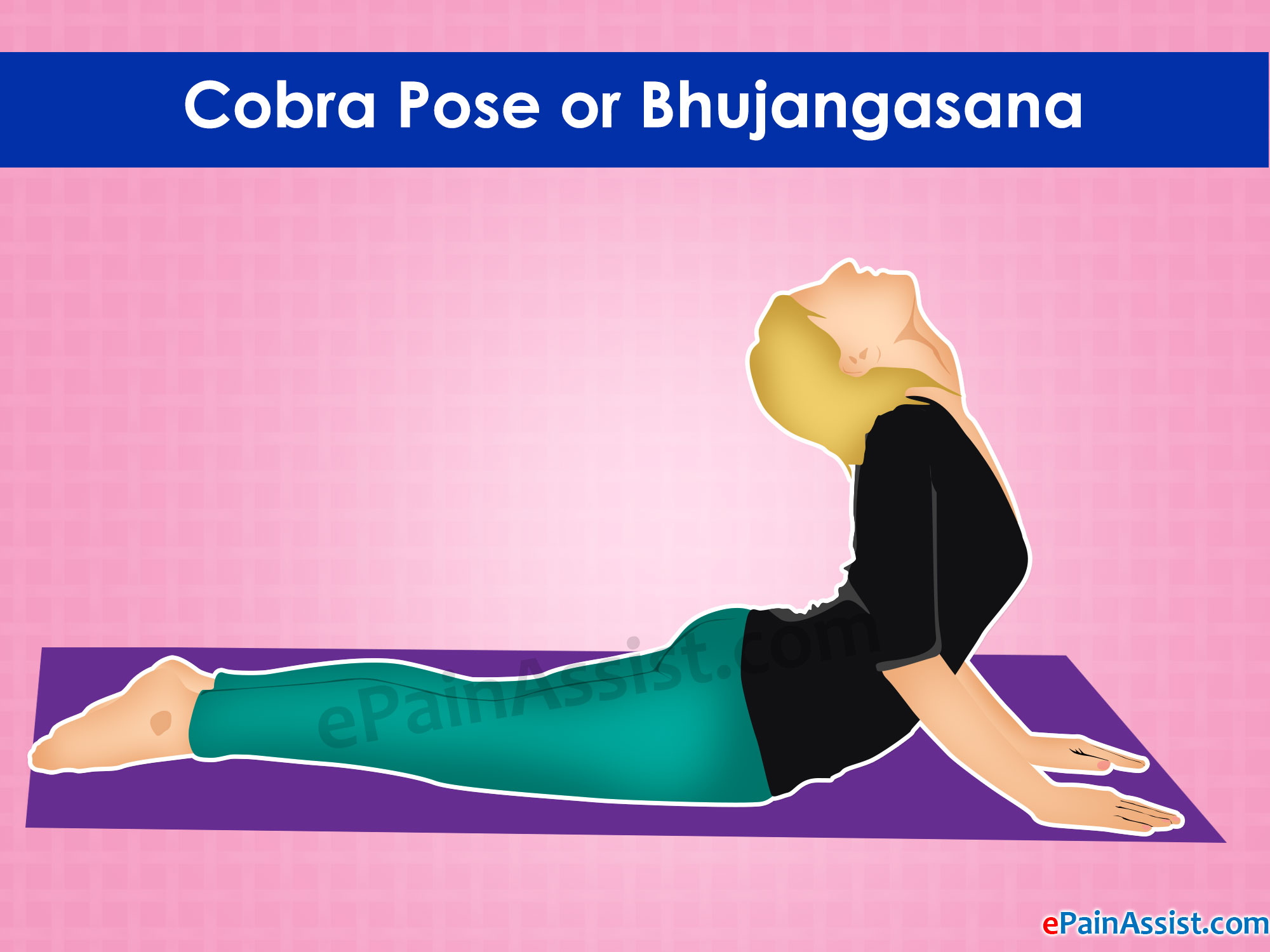Chronic renal disease (CRD) explains the loss of kidney functions that takes place gradually. The human kidneys filter excess fluids and filter wastes from your blood gets excreted in your urine. As the chronic renal disease (CRD) catches the advanced stages, electrolytes, wastes and dangerous fluid levels increase in your body.
In this article you will learn the importance of exercises for chronic renal disease (CRD), Yoga poses/ asanas, coping and recovery period/ healing time, rehab for chronic renal disease (CRD).

Exercises for Chronic Renal Disease (CRD)
Patients suffering with chronic renal disease (CRD) are inactive and limited performance and physical functioning. In fact, interventions of aerobic exercise have resulted in maximal oxygen consumption. Other studies which are available now show that aerobic training improves not only the physical functioning, but also other required performances in chronic renal disease (CRD) patients.
Apart from the fact that exercise is beneficial and safe in patients with chronic renal disease (CRD), the dialysis patients stay inactive.
What are the Exercise Types One Should do for Chronic Renal Disease (CRD)?
The following are the best possible exercises for a patient with chronic renal disease (CRD):
- Heart diseases can lead to chronic renal disease (CRD) and aerobic exercises are the best exercise type for your heart as it assists in making the heart and lungs stronger. This includes activities such as swimming, walking and biking.
- Resistance training is an exercise type that makes your muscles stronger. You may repeat movements with resistance tubing or weights. Resistance training exercises is essential for people with chronic renal disease (CRD) as it averts joint pain and muscle weakness.
- Flexibility exercises increase mobility and avert stiffness in patients with chronic renal disease (CRD). They should be practices in association with resistance training. You can hold muscles for 30 seconds in different positions.
- Balance exercises can help the patients with chronic renal disease (CRD). Balance exercises reduce the risk of falls. Holding for 5 to 25 seconds simple the standing poses increases leg stability.
Begin each exercise session only for 1 or 2 minutes prior to initiating it for longer time or too hard. Start at a slow pace, so that the heart and lungs are willing to accept your exercise session. Also, slow down before you bring a halt to your exercise session, for a few minutes. This prevents you from becoming dizzy or being lightheaded after exercising for managing chronic renal disease (CRD).
Yoga Poses/Asanas for Chronic Renal Disease (CRD)
Simple yoga asanas or poses can help with chronic renal disease (CRD). Yoga is assuring and has supported a lot in the primary and secondary management of chronic renal disease (CRD). You can find here a compilation of all the researches based on this yoga module that is useful in chronic renal disease (CRD) in association with essential precautions to be taken while performing yoga. Begin with simple yoga poses to ascertain the health of your kidneys:
- The Sphinx pose or Salamba Bhujangasana for chronic renal disease (CRD) is a yoga pose which strengthens and stretches the abdominal organs. It raises the immunity level in your body.
- The Sitting Half Spinal twist also called as Ardha Matsyendrasana is a yoga asana for chronic renal disease (CRD) which promotes the liver and kidneys. It also improves the immunity level of your body.

- The Cobra pose or Bhujangasana for chronic renal disease (CRD) is a yoga pose that triggers the abdominal organs thus relieving the body of fatigue and stress. It is known to improve immunity.


- The Seated forward bend or Paschimottanasana yoga pose for chronic renal disease (CRD) is a stimulating pose for the kidney and it also improves digestion, thus gives complete relief from the discomfort experienced during menstrual times.

- The Bridge pose or Setu Bandhasana is a yoga pose for chronic renal disease (CRD) which promotes the abdominal organs, and also entails the kidneys. It brings high blood pressure under control gives good relief to the body from stress.


- The Boat pose or Naukasana for chronic renal disease (CRD) is a pose that reinforces and promotes the abdominal organs. Thus it assists in improving digestion and alleviating stress.


Yoga practice helps in developing the mind and body bringing plenty of health benefits, yet is not a perfect alternative to medicines. Yoga for kidney disease has long term benefits when they are practiced regularly. It is best to practice yoga postures, but is best done under the strict supervision of a trained professional.
Coping with Chronic Renal Disease (CRD)
Coping with chronic renal disease (CRD) is not easy. Receiving a chronic renal disease (CRD) diagnosis can be bothersome. You may be worried about the diagnosis and what it means for your health in the future. To help you understand and cope with your feelings, you may consider:
- Stay connected to people via support groups who are also suffering with chronic renal disease (CRD). They can understand you better and provide the essential support required. You may consult with your doctor about such support groups or also try contacting organizations such as the National Kidney Foundation, the American Association of Kidney Patients or the American Kidney Fund located in your area.
- Maintain a regular routine to properly cope with chronic renal disease (CRD). Consider a regular routine and do the activities that you like to and purse your work, in case your health permits. You may cope with your feelings of loss or sadness that may be felt after diagnosis.
- Try to stay active most days in order to live with chronic renal disease (CRD). Check with your doctor and aim for physical activity for 30 minutes in most days of the week. Thus it helps coping with stress and fatigue.
- Talking and sharing your feelings with someone you trust is a good coping mechanism for chronic renal disease (CRD). Condition of chronic renal disease (CRD) and living with it is stressful and may help you as you talk your feelings. Speak to one of your family member or friend, who is a real listener. Just remember to pour your heart out about your feelings with some trustworthy person. Ask your doctor for a counselor or a social worker, so that you can talk to them.
Recovery Period and Rehab for Chronic Renal Disease (CRD)
People diagnosed with kidney disease lead fulfilling and active lives. Recovery period/ healing time for chronic renal disease (CRD) depends on the severity of the underlying illness and the time the patient has taken to recognize that he or she has the problem related to kidneys. Only doctors who have analyzed the
Following the initial diagnosis for chronic renal disease (CRD), patients experience a lot of concern about what it actually means to suffer with chronic renal disease (CRD). There may be fears about transplantation and dialysis and the effect such treatments may create on your social life, employment prospects and physical abilities.
Nevertheless, there are thousands of people suffering with chronic renal disease (CRD) and are also the living proofs that such fears can be overcome. Several transplant and dialysis patients have recovered fully due to staying physically active and this includes jobs, varied social activities and sports involvement.
What is Rehabilitation for Chronic Renal Disease (CRD)?
Rehabilitation for chronic renal disease (CRD) is a procedure that helps in the restoration of a person to her or his maximum level of function achievement. People with chronic renal disease (CRD) also have to include restoration of well-being, social adjustment, emotional stability, physical performance and work capacity.
Progressing towards rehabilitation for chronic renal disease (CRD) is steady and as such there is no complete state in this process. The success depends on several factors and it also includes the medical condition stability, your wish and keenness to learn, your self-motivation and the emotional well-being feelings. People with chronic renal disease (CRD) attain a convincing rehabilitation level, while some with time reach greater levels of progress and also achievement.
To assist you in taking a decision, whether you are prepared to get set for a rehabilitation program or not, it is best to consult your doctor and also a renal social worker so that they can advise you properly.
National Kidney Foundation: “Chronic Kidney Disease (CKD) Basics”
National Institute of Diabetes and Digestive and Kidney Diseases: “Chronic Kidney Disease (CKD) in Adults”
Mayo Clinic: “Chronic Kidney Disease”
Also Read:
